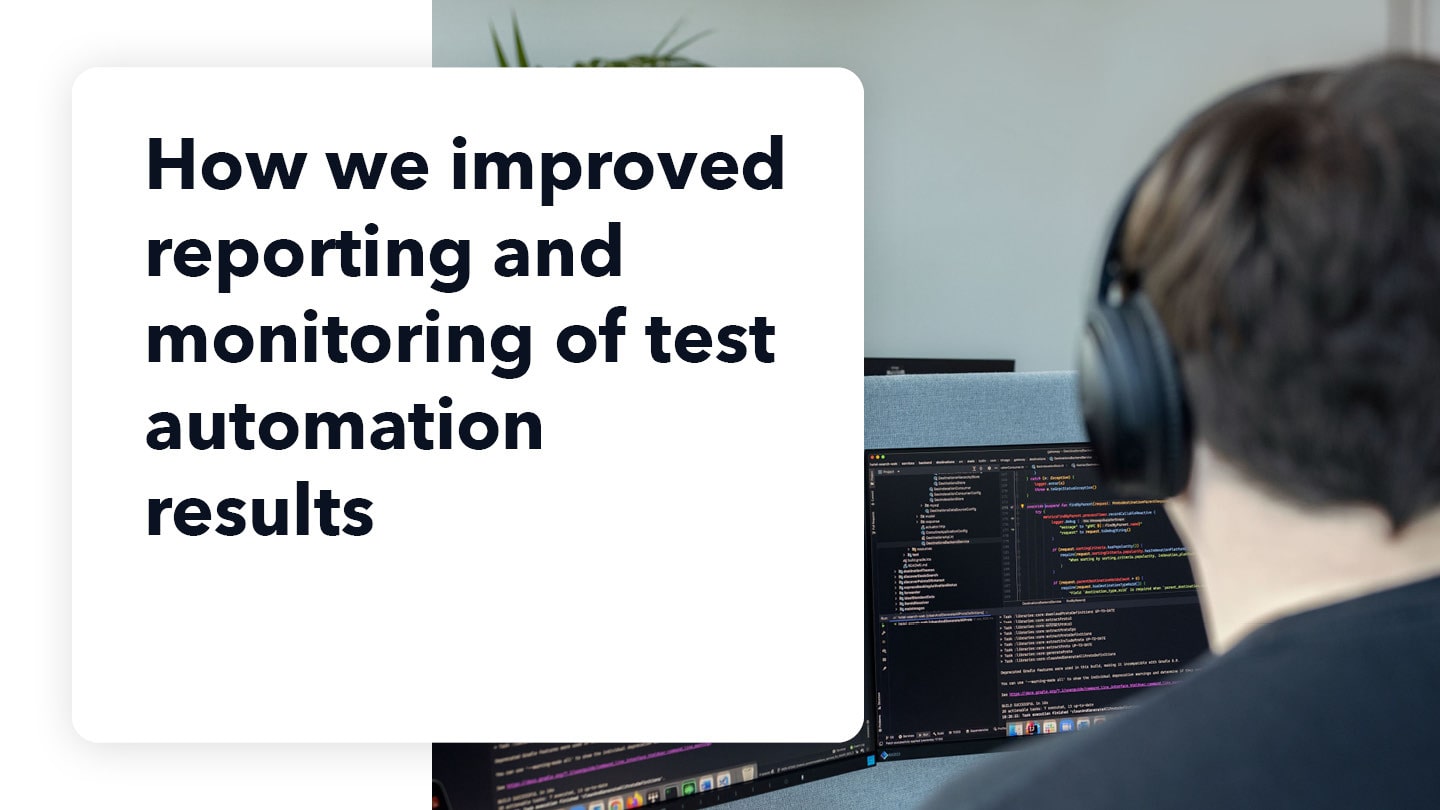Over the last year trivago refactored the existing GraphQL monolith and moved to a microservice architecture, in what is also known as a federated setup. Federated GraphQL, as championed by Apollo, represents a significant shift in how companies architect and scale their GraphQL ecosystems, especially when transitioning from monolithic designs to microservice-based architectures. In a federated setup, each microservice maintains its own GraphQL schema, relevant to the domain it serves. These individual schemas are then seamlessly stitched together into a unified gateway. This gateway serves as the single access point for clients, enabling them to query data across multiple services as if it were coming from a single, monolithic GraphQL API. Such change involves also a completely new approach to the test and delivery, with the goal of empowering developers to quickly and safely deploy to production autonomously.









Follow us on